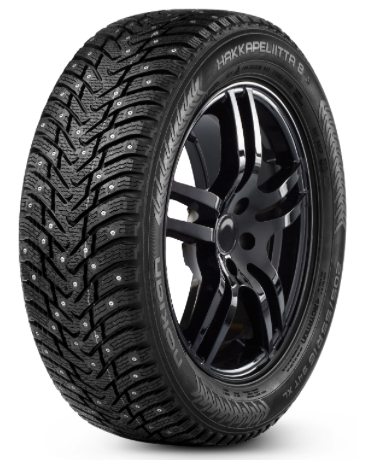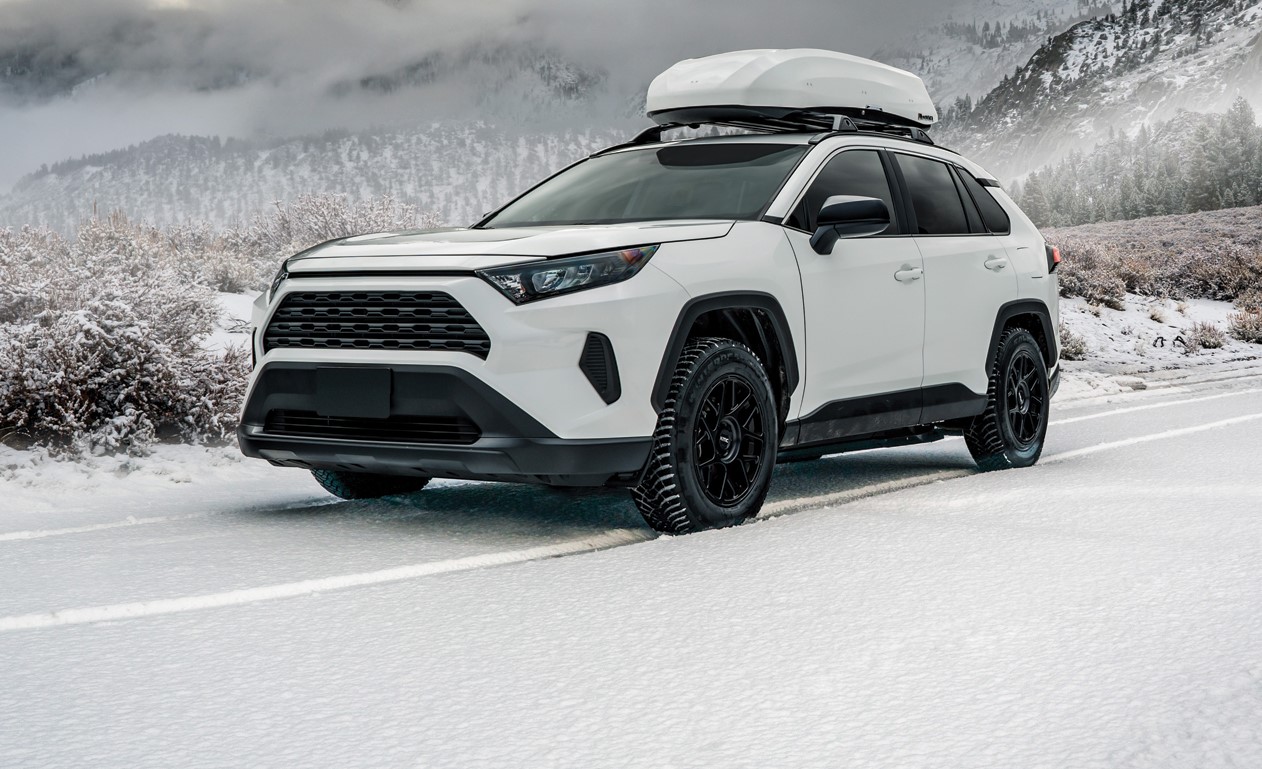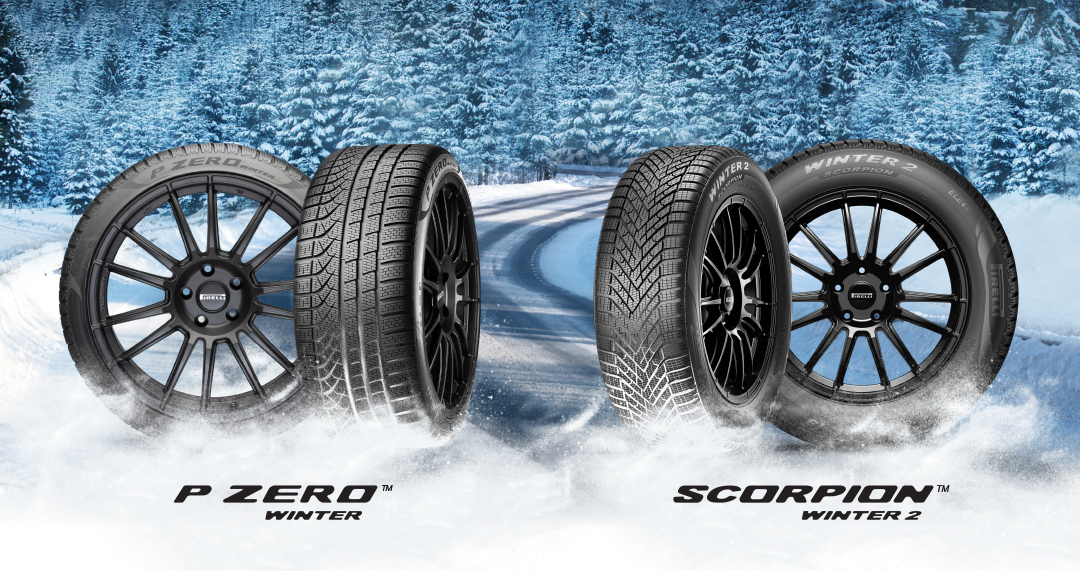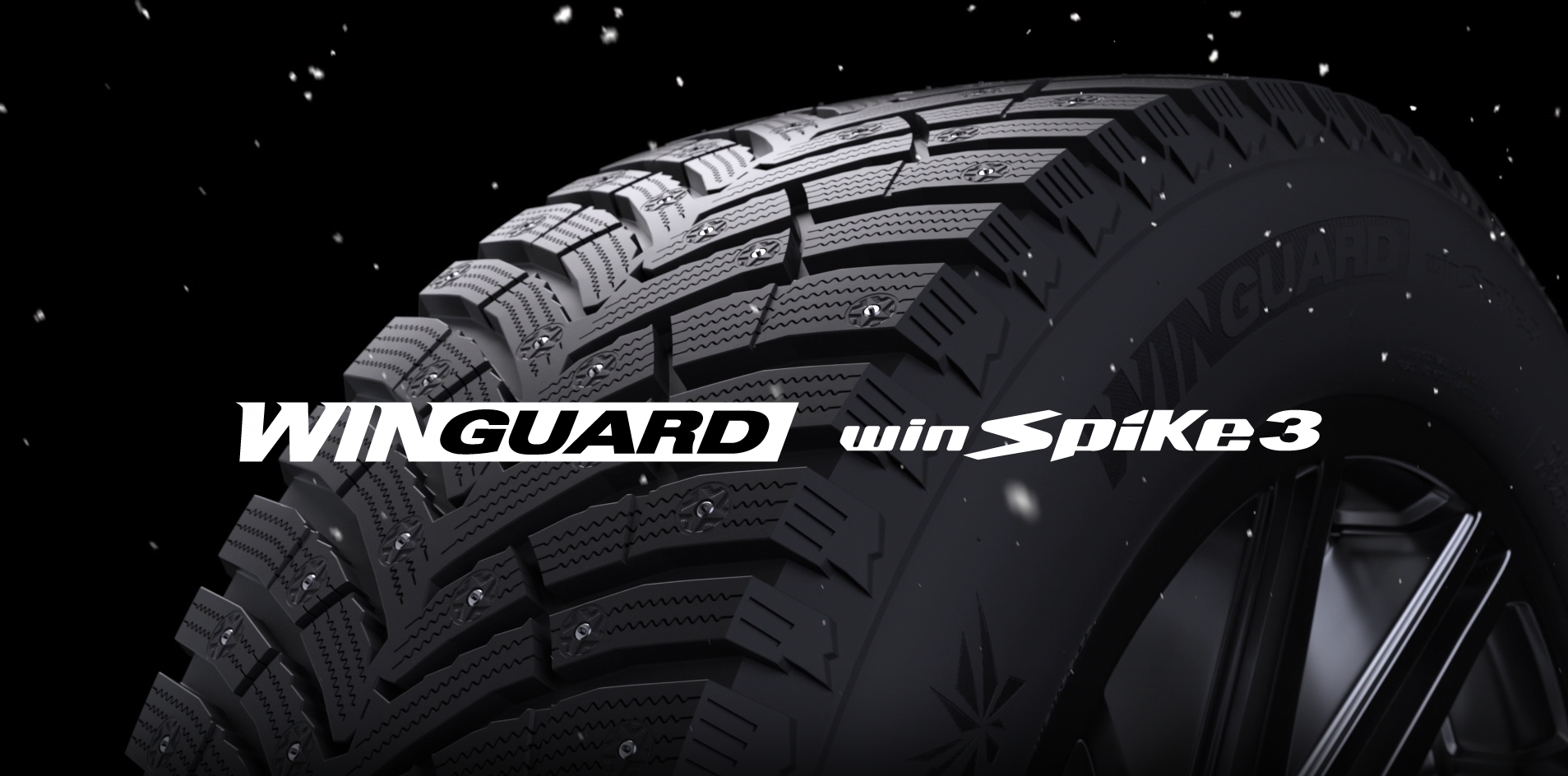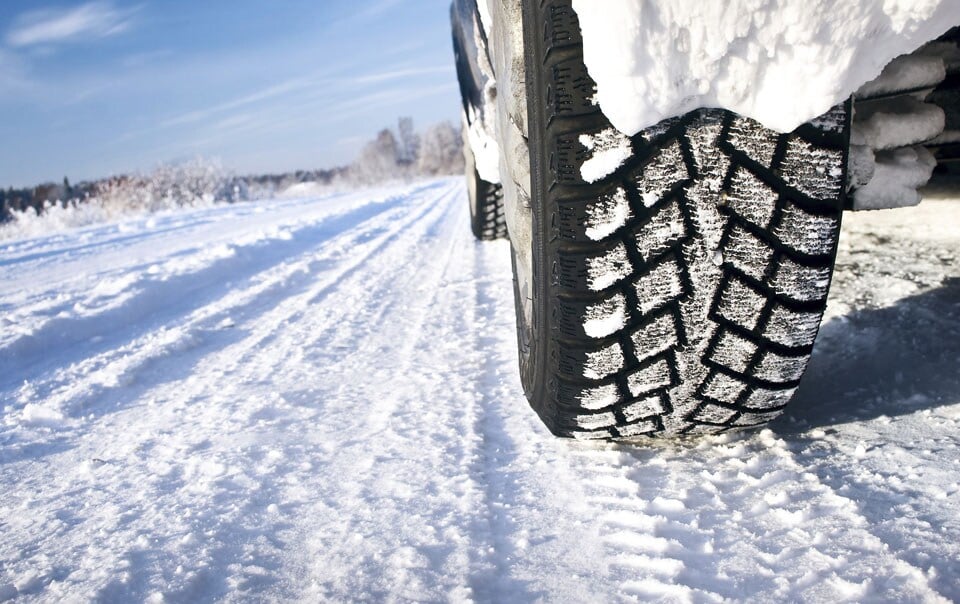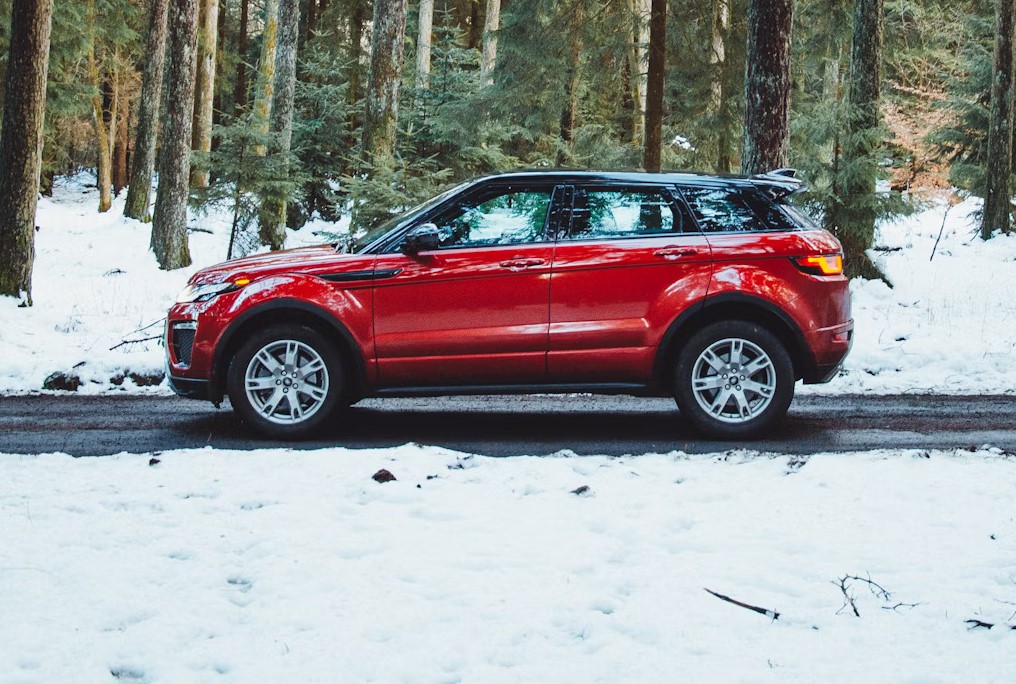Last Updated on November 8, 2024
The Battle Between Regular & Studded Snow Tires
In some areas of the country, snow tires are mandatory due to extreme weather. In others, snow tires are only recommended. And still, in others, the weather gives drivers no reason for winter tires. Whether you are on vacation or moving to a new climate, let’s look at laws around the nation regarding studded snow tires and the differences between the two types of tires.
Winter driving is an art requiring a blend of skill, caution, and the right tires. As temperatures dip and snow begins to cover the roads, many drivers grapple with a common question: Should I opt for studded snow tires or stick to regular winter tires?
Let’s delve into the key differences, benefits, and considerations to help you make an informed decision.
Snow Tires vs. Studded Snow Tires
First, it’s important to note that if you are going to drive in the snow, you want snow tires. Snow tires have different tread designs from all-weather tires, meant to grip the road better and handle ice and slush. They also have different types of rubber for the same reasons. We highly recommend using snow or studded tires, such as Nokian tires, in icy or snowy conditions.
There are no restrictions against snow tires, while individual state or city laws often regulate studded snow tires. For example, in Connecticut, studded tires are only permitted between November 15 and April 30. Georgia only allows studded tires for snow and ice conditions; otherwise, they are prohibited. Hawaii, where snow is generally confined to the tops of mountains, does not allow studded snow tires.
Both snow and studded tires grip well in snowy conditions, but Consumer Reports found that studded Nokian tires beat out studless Michelin tires — tires they still called impressive. Overall, they found that Nokian tires were excellent for snowy conditions.
Studded Snow Tires Pros and Cons
The drawback to increased traction is that studded snow tires are noisy and do more damage to the road surface. If you can handle the clicking of the studs, especially in areas where snow has been cleared, they provide a better ride.
Some states restrict studded snow tires because they tear up roads, meaning more work is needed to maintain and repair roads. At the same time, this may not concern you; your driveway and garage might.
However, Nokian’s Hakkapeliitta line of tires aims to reduce noise and damage. While studless tires have long held these advantages over studded tires, studded snow tires are starting to catch up.
In most cases, noise and damage are a con for studded tires but a pro for snow tires. Snow tires do not do damage while still allowing you to drive in snowy conditions or on ice patches.
As a pro for studded snow tires, they stop sooner on ice. In mountainous regions with less direct sun or coastal regions and near rivers where fog turns to ice on the road, studded tires edge out snow tires. However, you may only need snow tires if you are not facing icy roads, just icy patches or densely packed snow.
Can I Afford Winter Tires?
It may seem unfair that, based on where you live, you may need an extra set of tires to get around during part of the year safely. And if you buy unstudded and later decide on studded, you will either need to pay to add studs or get another set of tires if the tire can’t be studded. Thankfully, we can help with financing your tires.
On Tires-easy.com, we have easy financing options from both Affirm and PayPal. The price is worth the safety and driving convenience that snow and studded snow tires add to your drive. Just ensure you understand the winter tire laws in your local area or the route of your next road trip.
Which One is Right (or Required) for You?
Consider the Climate: If you live in an area with frequent icy conditions, studded snow tires might be worth considering. However, regular winter tires should suffice for regions with occasional snowfall and wet conditions.
Check Local Laws: Some regions restrict or ban the use of studded tires due to road damage concerns. Always check local regulations before making a choice.
Prioritize Comfort: Regular winter tires might be the way to go if you value a quieter ride and versatile performance.
Budget Constraints: Studded snow tires might have a slightly higher price tag. Consider your budget and the time you’ll use the tires each year.
Conclusion
Choosing between studded snow tires and regular winter tires depends on your needs and local conditions. While studded options offer unparalleled grip on icy roads, regular winter tires provide versatile performance in cold conditions. Consider regional regulations and your driving environment to make the most informed choice.
Make Winter Driving a Breeze with Tires Easy!
Navigating winter roads should never be a gamble. Whether you lean towards studded snow tires for that extra grip on ice or prefer the all-round performance of regular winter tires, Tires Easy has you covered. Please browse our extensive collection and BUY the perfect winter tires tailored to your needs.
Don’t just drive; drive easy and safe with Tires Easy!
FAQs
Are studded snow tires recommended?
Studded snow tires are recommended for areas with frequent and severe icy conditions, as they offer superior grip on ice. However, they can cause road damage and increase road noise. It’s also essential to check local regulations, as some regions restrict or ban studded tires.
Are snow tires better than normal tires?
Yes, snow tires are specifically designed for cold and snowy conditions. They offer better traction, grip, and handling in winter conditions than normal all-season tires, ensuring safer driving.
Are snow tires better than winter tires?
“snow tires” and “winter tires” are often used interchangeably. Both are designed for cold weather and improve performance in snowy and icy conditions compared to all-season tires. The primary difference might lie in the tread pattern and design specifics based on the manufacturer.
Are studded tires better than friction tires?
Studded snow tires and friction (or studless) tires serve different purposes. While studded tires provide maximum traction on icy roads due to their metal studs, friction tires rely on rubber compounds and tread designs to grip snowy and wet roads. The choice between them depends on the specific winter conditions you frequently encounter and personal preference.
-
Writer





